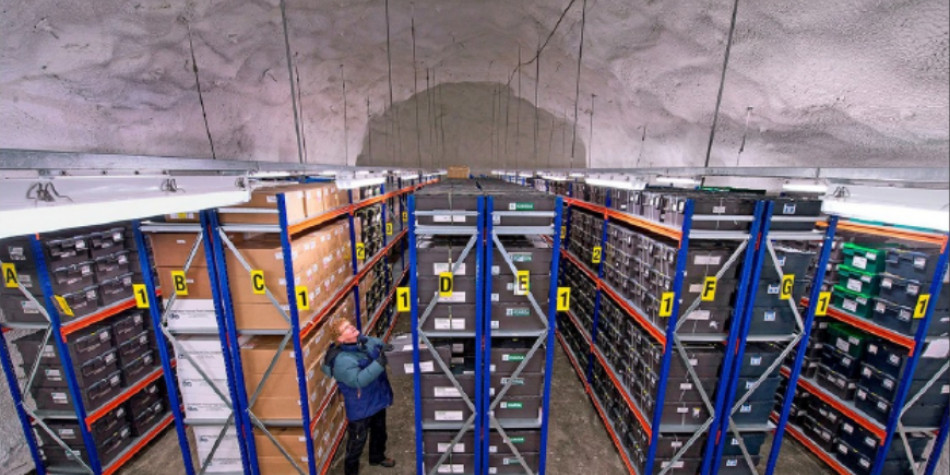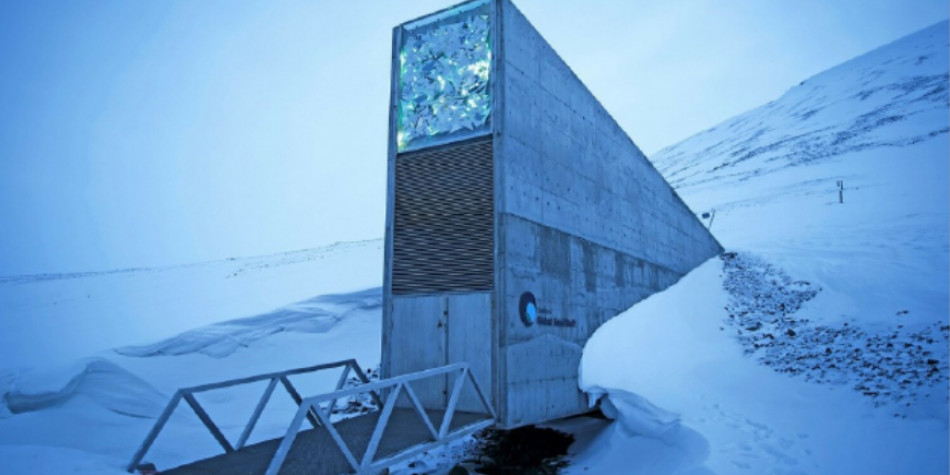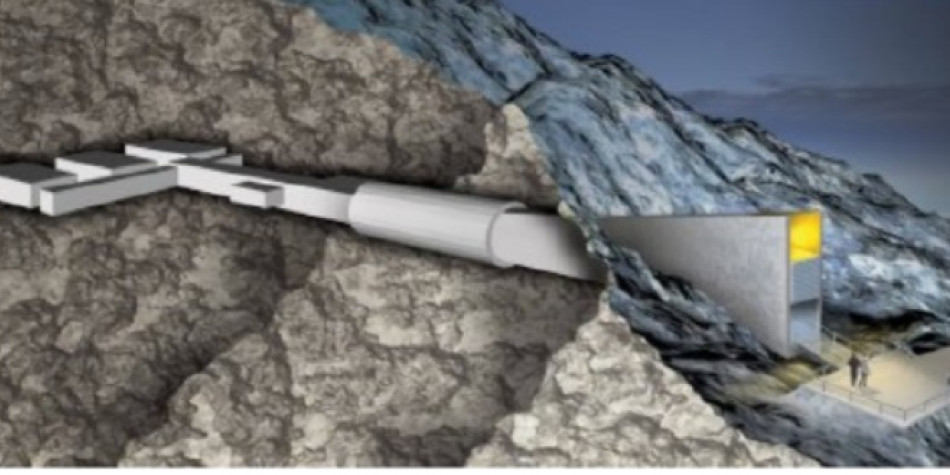
"The relevance of the project has significantly increased in the current international military-political situation, including the fact that the Russian Federation
in 2022, it will be deprived of access to the world plant seed storage at Svalbard in Norway," the document says.
By the way, in Svalbard, negative temperatures are artificially reached in the storage, and in recent years this method has been experiencing difficulties due to climate warming. In the Yakut storage, they plan to use only natural cold.
Yakutia already has experience in long-term storage of seeds. There is a cryopreservation facility, in which there are 13 thousand types of seeds of legumes, cereals, wild plants, agricultural and woody plants. The seeds were placed there in 1977-1979.
The idea of creating specialized seed storage facilities in cold latitudes in case of global catastrophes – nuclear war, global warming, the fall of a huge asteroid – came from Russia. It belongs to the great Russian scientist Nikolai Ivanovich Vavilov. The first collection of the seed fund was created by him in 1920 in Leningrad. During the so-called "cold war", it was according to the Russian Vavilov system that the states began to arrange seed storage facilities.
The idea of creating a world seed repository appeared in the early 2000s.
It began to be built in Svalbard, Norway invested about $ 9 million, the current costs were borne by the Food and Agriculture Organization of the United Nations.
In 2008, the repository was ready. The storage facility is located at a depth of 120 meters, at 130 meters above sea level. The compartments store more than 4.5 million seed samples, including Russian ones, of course. According to the rules, it is possible to take seeds from the storage only if a certain catastrophic situation has occurred in the country – a severe drought, for example, a war. They were taken, for example, for Syria, where the seed fund was lost due to the fighting. The storage facility was built on Svalbard due to low seismic activity and permafrost.
In Yakutia, the cryopreservation of seed material was founded in the Soviet period. Now materials on the creation of a reserve federal reserve on its basis
The repositories have been sent to the Federation Council.
Yakut scientists have established that the creation of such a bank will ensure the food security of our Federation in case of global problems.
Back in February of this year, Vladimir Putin signed a decree on the establishment of the National Center for Plant Genetic Resources. It should be created on
on the basis of the All-Russian Institute named after Vavilov. In Yakutsk, a backup storage will be created – in the permafrost. Professor of the Siberian Branch of the Russian Academy of Sciences Boris Kershengolts recalled that the Soviet Union provided 100% of its seed fund with its own resources. Russia has been relying on "dear Western partners" in this direction for too long.
Right today in Yakutia, in permafrost, at a depth of 12 meters, in a cryopreservation, 13 thousand types of seeds are stored – cereals, legumes, trees, various agricultural crops. For almost half a century of freezing, all the seeds are perfectly preserved. The Russians have everything of their own, including cryopreservation. The territory of our permafrost significantly exceeds the area of Norway.




